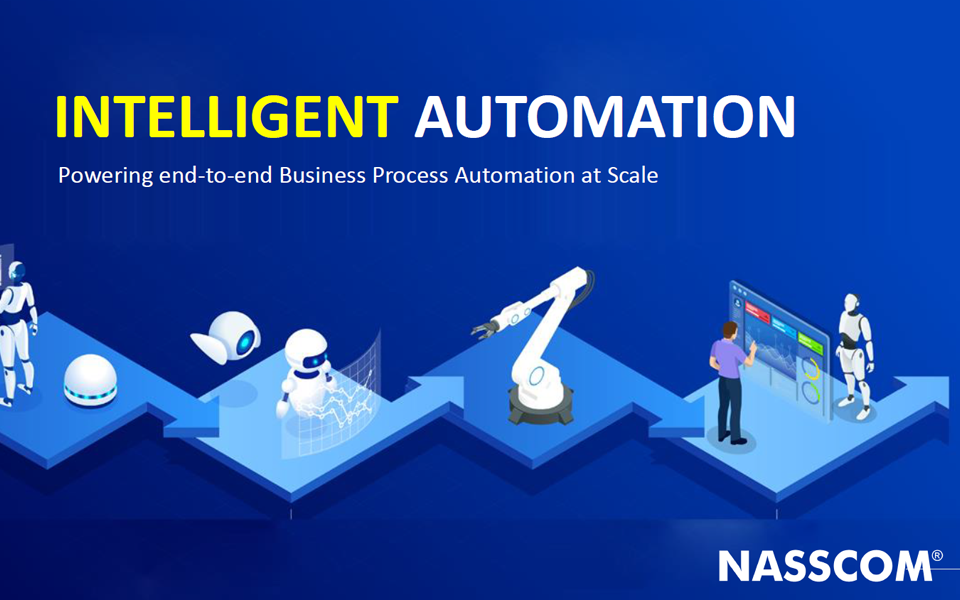In the ever-evolving landscape of the post-pandemic enterprise, organizations are confronted with an overwhelming amount of data generated from various interactions and operations. The need to not just automate isolated tasks but fundamentally enhance operational effectiveness becomes paramount. For small and medium-sized businesses (SMBs), leveraging intelligent automation is not merely an option; it is a necessity to thrive in a competitive environment. Intelligent techniques such as Machine Learning (ML), Computer Vision, and Natural Language Processing (NLP) can provide the tools necessary to streamline workflows, make data-driven decisions, and improve customer experiences.
To begin the journey toward automation, an SMB must first assess its current operations and identify inefficiencies. Mapping business processes to uncover repetitive tasks serves as a foundational step. Common areas ripe for automation include customer service inquiries, data entry, and content management. Once these areas are identified, SMBs can utilize platforms like Zapier or Make to connect different software applications, thereby automating workflow without the need for extensive coding skills. These integrations can facilitate seamless data transfer between applications, allowing for improved efficiency.
For instance, if your organization receives a high volume of customer inquiries via email, you can automate the process of gathering feedback and replying to common questions. Start by creating a Zap in Zapier that triggers whenever a new email arrives in your specified inbox. This email can then be processed using an NLP tool to identify key phrases or issues mentioned by customers. Based on the analysis, automated responses can be sent out, significantly reducing the time your team spends handling repetitive inquiries. This not only enhances customer satisfaction but also frees your employees to focus on more complex issues.
The potential of ML in automation extends beyond just customer interactions. By applying predictive analytics to sales data, SMBs can forecast demand patterns, optimize inventory levels, and reduce costs. For example, using ML algorithms to analyze past purchasing behavior allows businesses to predict which products are likely to see increased demand in the coming months. This data can then be used to inform procurement decisions, ensuring that stock levels align with projected customer needs, thereby minimizing excess inventory and associated costs.
While these opportunities present transformative potential, it is critical to acknowledge the possible risks. Data privacy and regulatory compliance must always be at the forefront of any automation strategy. As SMBs integrate advanced AI tools that process customer data, they must ensure proper safeguards are in place to protect sensitive information. Furthermore, the success of automation depends not only on the technology used but also on the alignment with organizational culture and employee engagement. Change can be disruptive; hence, involving employees in the automation process and providing adequate training are essential to achieving buy-in and maximizing the benefits of new systems.
To maximize ROI from automation initiatives, SMBs must establish clear metrics and benchmarks. Defining key performance indicators (KPIs) such as time saved, error reduction, and customer satisfaction scores can help evaluate the effectiveness of the automation efforts. For example, after implementing an automated email response system, measuring the average response time alongside customer sentiment can provide valuable insights into the system’s impact. Moreover, these KPIs can also serve as a guide for future initiatives, allowing businesses to refine their automation strategies continuously.
Implementing automation through AI tools can also drive collaboration between physical and digital workforces. By allowing machines to handle routine operational tasks, human employees can allocate their time toward higher-value work that requires strategic thinking and emotional intelligence. This synergy not only enhances productivity but also encourages a culture of innovation throughout the organization.
Another key area where automation can have a profound impact is hyper-personalization. Modern consumers expect tailored experiences, and leveraging AI along with automation can significantly enhance customer engagement. By utilizing customer relationship management (CRM) software integrated with AI capabilities, SMBs can deliver personalized recommendations and offers based on user behavior. For instance, platforms like Make can connect your CRM with marketing automation tools to send targeted email campaigns that resonate with individual customer preferences, ensuring that marketing efforts align with what consumers genuinely want to receive.
Finally, it is essential for SMBs to adopt a phased approach to automation implementation. Start small by identifying one or two key processes to automate, ensuring that you can manage any hiccups along the way. As you gain confidence and uncover insights from your initial projects, you can scale up your efforts gradually, exploring other areas within the organization that could benefit from automation.
FlowMind AI Insight: Embracing intelligent automation is not merely about efficiency; it is a strategic imperative that can redefine the operational landscape for SMBs. By thoughtfully integrating AI-driven tools into everyday work processes, businesses can unlock new levels of productivity, innovation, and customer satisfaction, ultimately positioning themselves for sustained growth and success in a rapidly changing environment.
Original article: Read here
2025-09-10 00:14:00

